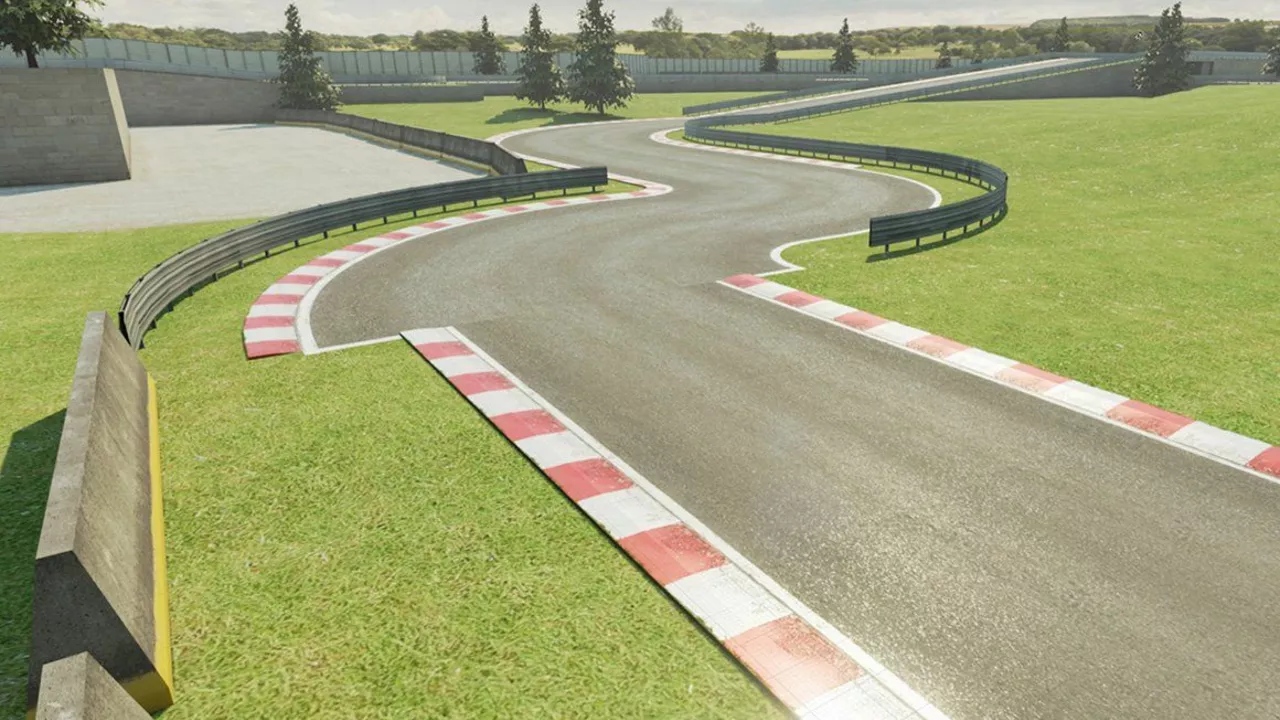Impact on Racers: What Really Affects a Driver’s Performance
Ever wonder why some drivers seem to breeze through a race while others struggle? It usually comes down to what’s happening around them – from safety scares to slick new tech, from how often they train to big‑picture rule changes.
Safety incidents that change the game
Take the Westfield Stratford seat‑throwing video that went viral. Even though no one got hurt, the shockwave hit local venues. When a seemingly harmless stunt turns into a headline, race organizers tighten crowd control, add barriers, and rethink where fans sit. For racers, that means a tighter track layout, more concrete walls, and fewer unexpected obstacles – which can boost confidence but also force drivers to adapt their lines.
Technology and team decisions
Remember when BMW walked away from Formula 1? Their exit wasn’t just about money; it shifted the tech balance. Teams lost a major engine supplier, so they scrambled for alternatives and poured cash into hybrid and electric research. Drivers felt the change instantly – new power units meant different torque curves, braking points, and fuel strategies.
On a smaller scale, unlimited‑vehicle races (think “any car on the track” scenarios) push creativity. Drivers juggling a monster truck next to a go‑kart have to instantly judge grip, weight, and aerodynamics. Those wild events teach racers to stay flexible and read a car’s behavior in real time.
Practice habits matter too. Pro drivers usually split their week between on‑track laps, simulator sessions, and off‑track analysis. A typical schedule might look like three days of real‑world testing, two days in a high‑fidelity sim, and daily fitness work. The more varied the training, the quicker a driver can adjust when a rule or tech tweak shows up.
Skill‑heavy motorsports like Formula 1, MotoGP, Rally, and Le Mans each demand a different mix of abilities. Formula 1 leans on razor‑sharp precision and split‑second decision‑making. Rally needs car control on loose surfaces and rapid adaptation to weather. Endurance races force drivers to manage fatigue and work with a crew. Knowing which skill set a series emphasises helps drivers target the right training – whether that’s cardio, mental focus, or mechanical sympathy.
Rules also reshape the field. When a governing body tightens fuel limits or bans a certain aero component, teams scramble to redesign cars. Drivers must relearn corner entry speeds and braking zones. The ripple effect can be huge – a single regulation change might advantage a driver who’s already comfortable with low‑downforce setups while sidelining another who thrives on high grip.
All this shows that the impact on racers isn’t just about talent. Safety scares, tech moves, practice routines, skill demands, and rule shifts all blend together. For anyone serious about racing, staying aware of these factors is as important as polishing the perfect lap.
Bottom line: if you’re a driver, fan, or aspiring engineer, keep an eye on headlines, watch tech demos, and track regulation updates. That way you’ll know what’s coming next and how it might change the way racers hit the track.

What are racing tracks made from? Doesn't it hurt the racers?
Racing tracks are typically made from a blend of asphalt, concrete, and sometimes clay or dirt, depending on the type of racing. While this may sound painful, safety measures are in place to protect racers. Helmets, protective suits, and specially designed cars or bikes help absorb the impact and minimize injuries. So, while crashes can happen, the track's material isn't the main culprit. Instead, speed and racing conditions play a bigger role in the risk factor for racers.
Read More